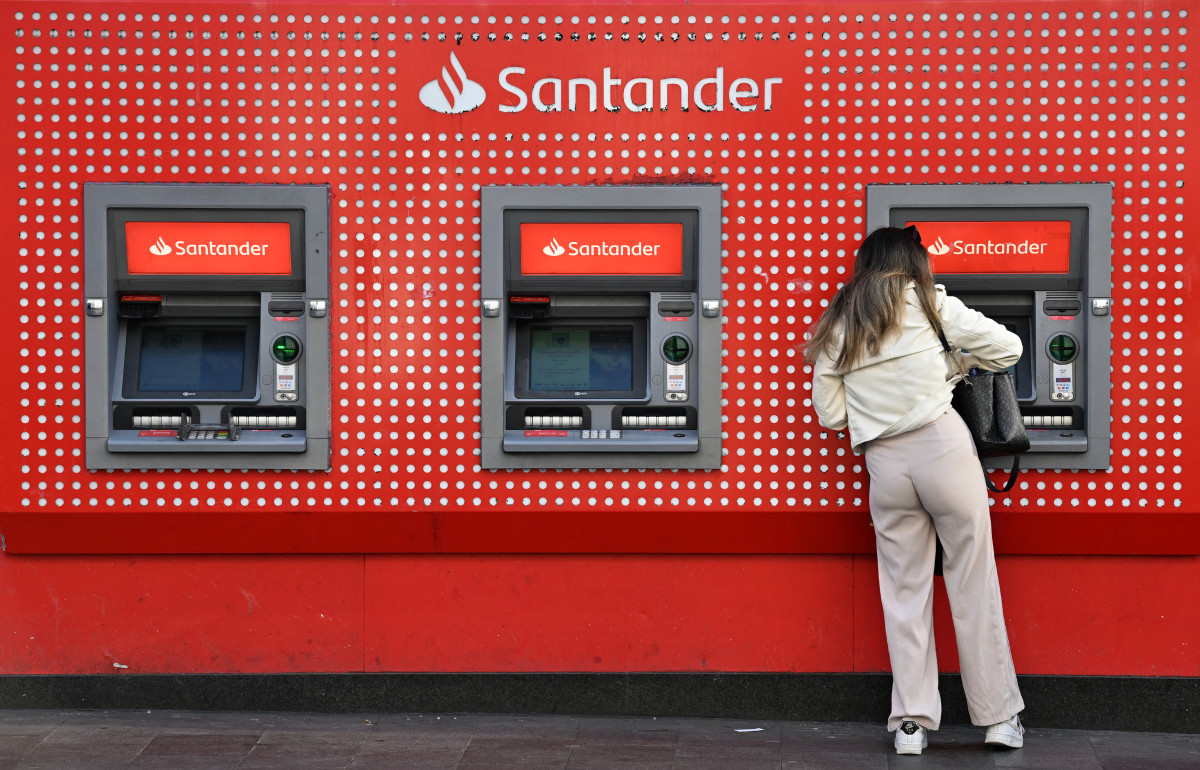As bank branches vanish, digital banking becomes inevitable—but comes with hidden costs and risks. Learn how to protect your money, avoid sneaky fees, and build a smart hybrid banking strategy that combines modern convenience with traditional security in today's evolving financial landscape.

Say Goodbye to Your Local Bank (But Not Your Money)
Remember when banking meant chatting with Linda at the local branch while depositing your paycheck? Those days are vanishing faster than free toaster promotions. Major banks are shuttering branches left and right, basically shoving us all into the digital banking world—whether we're ready or not.
Look, I get it. Digital banking can be fantastic. No more rushing to make it to the bank before closing time or waiting in line behind someone sorting their penny collection. But here's what the banks aren't advertising in their glossy "go digital" campaigns: this shift comes with some sneaky costs that could drain your wallet if you're not paying attention.
The Hidden Money Traps
Let's talk about what you're losing when your local branch disappears. That branch manager who used to waive occasional overdraft fees because she knew you were good for it? She's been replaced by an algorithm that couldn't care less about your 15-year banking history. Those convenient ATMs? They're disappearing faster than parking spots in downtown Manhattan, leaving you stuck paying $4-5 fees at corner store machines.
But here's the real kicker: many online-only accounts are quietly hiking up their fees or requiring higher minimum balances. One major online bank recently bumped their minimum balance requirement from $500 to $2,500 to avoid monthly fees—that's not exactly pocket change for most folks.
Smart Money Moves for the Digital Age
Instead of just accepting whatever terms your bank throws at you, it's time to get strategic. Think of your banking like your streaming services—you wouldn't pay for Netflix, Hulu, AND Disney+ if you only watch one show on each, right? Same goes for banking.
Consider setting up what I call a "banking triangle": one online bank for daily transactions (usually offering better rates and tech features), one local credit union for those times you need actual human help, and one high-yield savings account for your serious money. This isn't about making things complicated—it's about making your money work smarter.
The Security Reality Check
Here's something that keeps me up at night: digital banking fraud is skyrocketing. Not to sound like your paranoid uncle, but those branch closures mean we've lost one layer of face-to-face verification that used to catch a lot of scams.
You absolutely need to step up your security game. Yes, that means actually using different passwords for each account (I know, I know, but just do it). Enable two-factor authentication everywhere you can. And for heaven's sake, stop logging into your bank account while using the free WiFi at your local coffee shop.
Making Digital Banking Work for You
Now, it's not all doom and gloom. Digital banking comes with some serious perks if you know how to leverage them. Online banks often offer interest rates that would make your old savings account blush. Many have built-in budgeting tools that actually work, and features like round-up savings can painlessly build your emergency fund.
Speaking of emergency funds—let's talk about access to your money when things go wrong. Because they will. Your phone will die right when you need to transfer money. The app will crash during an important purchase. The internet will go out when you need to pay rent.
This is why you need what I call a "banking backup plan." Keep some emergency cash at home (in a secure spot, obviously). Have at least two different ways to access your accounts. Know which local ATMs won't charge you fees, even if they're not your bank's. Trust me, you'll thank me later.
The Smart Consumer's Game Plan
Here's the deal: banks are businesses, not your friends. They're closing branches to save money, not to make your life easier. But that doesn't mean you can't win at their game.
Take advantage of the good stuff digital banking offers—higher interest rates, convenient transfers, automated savings tools. But keep a foot in the traditional banking world through a local credit union or community bank. They often offer better customer service and more flexibility when things go wrong.
Most importantly, never let your bank make you feel powerless. If they're charging fees you don't like, shop around. If their digital tools aren't working for you, speak up. And if they're not giving you the service you deserve, vote with your dollars and move them somewhere else.
The future of banking is definitely digital, but that doesn't mean we have to accept every change banks throw our way. Stay informed, stay strategic, and remember—it's your money. Make it work for you, not the other way around.